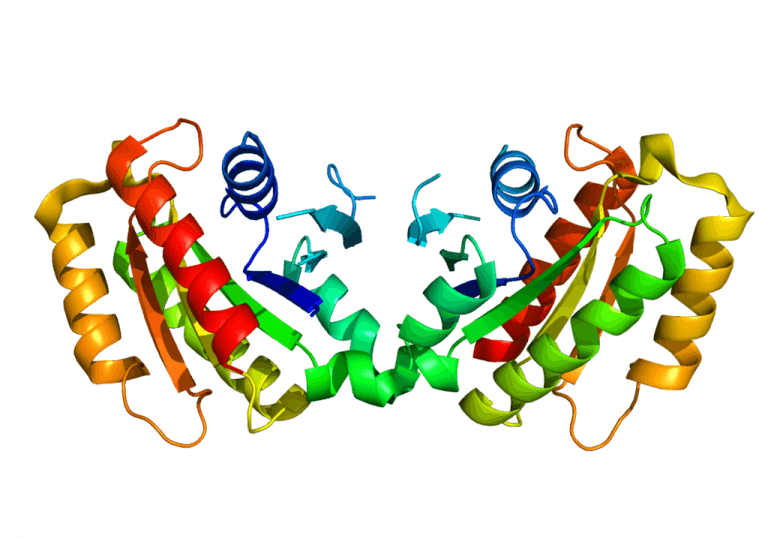


As of Beijing time The data is from a third-party organization and is only for reference.
For actual information, please refer to:www.eastmoney.com
Address: 20 Maguire Road, Suite 103, Lexington, MA 02421(America)
Tel: +1(626)986-9880
Address: Allia Future Business Centre Kings Hedges Road Cambridge CB4 2HY, UK
Tel: 0044 7790 816 954
Email: marketing@medicilon.com
Address: No.585 Chuanda Road, Pudong New Area, Shanghai (Headquarters)
Postcode: 201299
Tel: +86 (21) 5859-1500 (main line)
Fax: +86 (21) 5859-6369
© 2023 Shanghai Medicilon Inc. All rights reserved Shanghai ICP No.10216606-3
Shanghai Public Network Security File No. 31011502018888 | Website Map


Business Inquiry
Global:
Email:marketing@medicilon.com
+1(626)986-9880(U.S.)
0044 7790 816 954 (Europe)
China:
Email: marketing@medicilon.com.cn
Tel: +86 (21) 5859-1500



An international scientific team reports that they have shed light on the molecular mechanism underlying Parkinson’s protein LRRK2. The group, which found a direct link between the protein’s dimerization and mutations that lead to Parkinson’s disease, believes their work could eventually lead to new therapies for this devastating disease. They report the results of their research (“A Homologue of the Parkinson’s Disease-Associated Protein LRRK2 Undergoes a Monomer-Dimer Transition during GTP Turnover”) in Nature Communications.
“Mutations in LRRK2 are a common cause of genetic Parkinson’s disease (PD). LRRK2 is a multi-domain Roco protein, harbouring kinase and GTPase activity. In analogy with a bacterial homologue, LRRK2 was proposed to act as a GTPase activated by dimerization (GAD), while recent reports suggest LRRK2 to exist under a monomeric and dimeric form in vivo. It is however unknown how LRRK2 oligomerization is regulated,” write the investigators.
“Here, we show that oligomerization of a homologous bacterial Roco protein depends on the nucleotide load. The protein is mainly dimeric in the nucleotide-free and GDP-bound states, while it forms monomers upon GTP binding, leading to a monomer-dimer cycle during GTP hydrolysis. An analogue of a PD-associated mutation stabilizes the dimer and decreases the GTPase activity. This work thus provides insights into the conformational cycle of Roco proteins and suggests a link between oligomerization and disease-associated mutations in LRRK2.”

Because the kinase in LRRK2 is at the root of neuronal problems, kinase inhibitors have already been clinically tested for the treatment of Parkinson’s. However, these inhibitors eventually cause lung and kidney problems.
Arjan Kortholt, Ph.D., from the University of Groningen, has been working with the team of Wim Versées, Ph.D., at the VIB Research Institute in Belgium, to gain a better understanding of LRRK2’s structure. Scientists had previously discovered that the kinase portion of the protein is active in the protein’s dimeric state, which involves two identical copies of the protein bound together. The current research project focused on investigating how this binding is established. To do so, the scientists observed similar proteins occurring in certain bacteria.
“The GTPase enzyme, a component of LRRK2, regulates the state of the entire protein. In doing so, it determines whether a LRRK2 protein is in its inactive ‘single’ state, or its active ‘double’ state,” says Dr. Versées. “In addition, we saw a clear link between the protein dimerization and genetic mutations in PD. As a result, this regulation process constitutes an attractive new target for future drug development.”
“Our study is a milestone in the long-term scientific discussion covering the dimeric state of LRRK2 and its link with PD. But although this is a significant step forward, it will be quite some time before we understand all the details enough to manipulate the process,” adds Dr. Kortholt.
 Relevant
news
Relevant
news